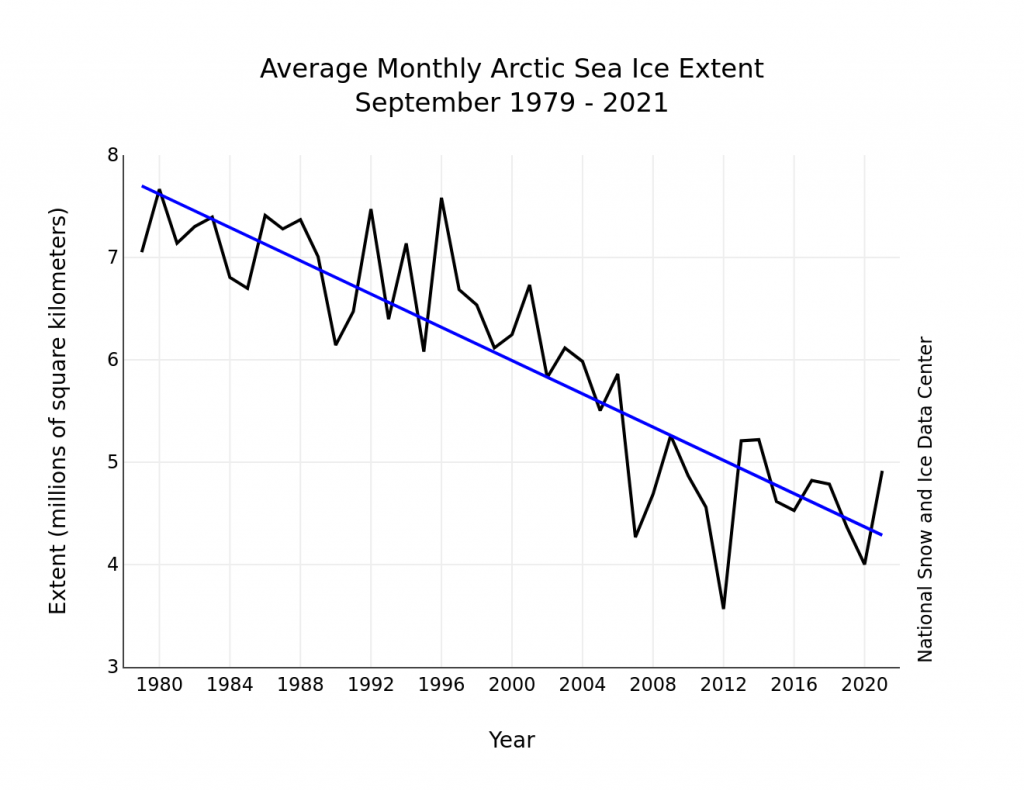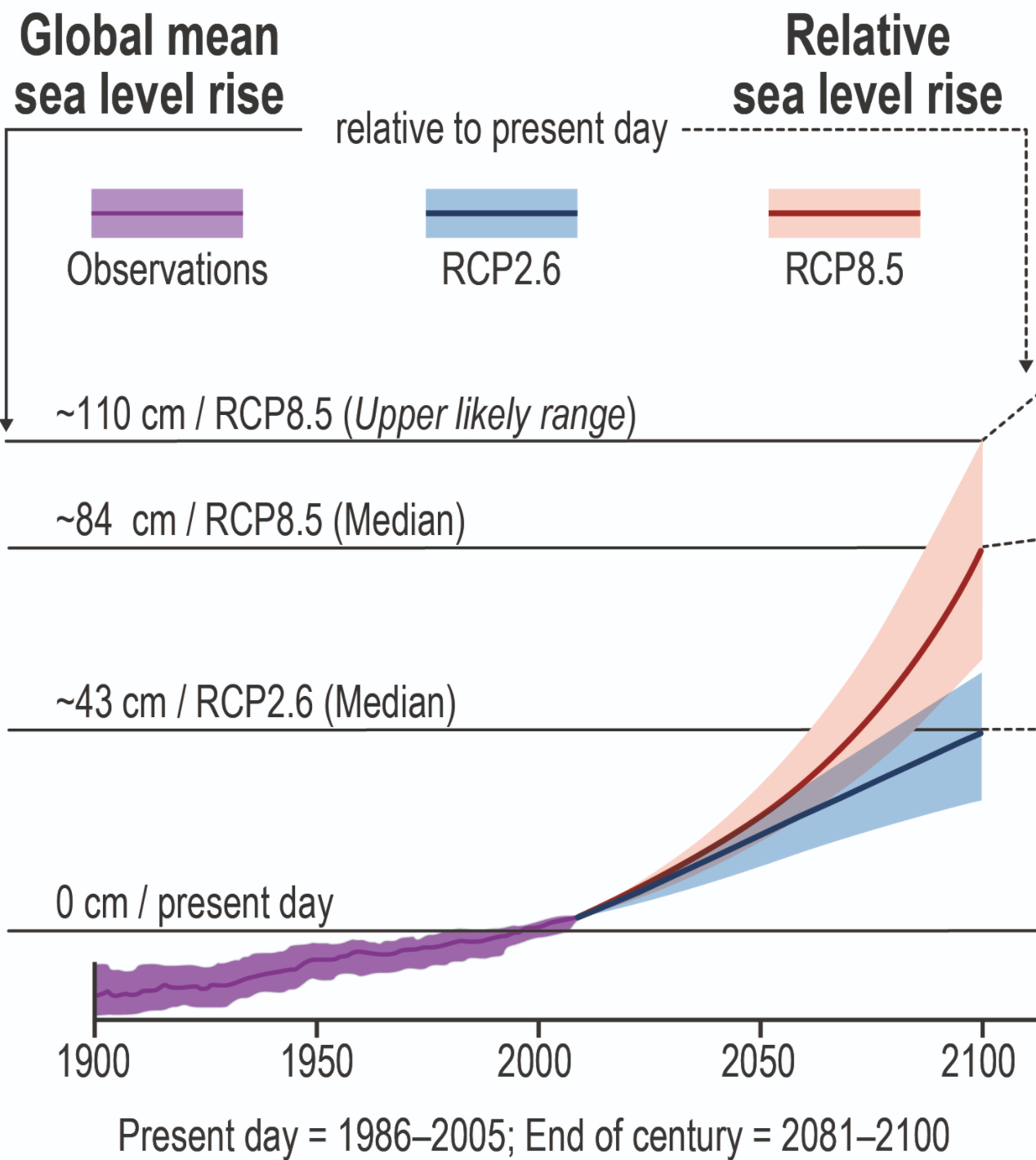Podcast Ep.5 Heads In The Clouds
Our smart phones would be pretty dumb without cloud connectivity. Just how clean and green is this 'cloud' that powers our digital lives?
As millions continue migrating to a coastal way of life worldwide - are rising sea levels and severe weather, coupled with ground water extraction sinking whole cities, posing existential threats to coastal communities?
Over the last few decades, people all over the world have moved closer to the coast. In Australia, this profound demographic shift has been termed the 'Seachange'. However, the title of this post isn't an invitation to join the nearly one billion people around the planet already living in locations offering sunshine, warm weather and a nearby ocean.
Rather, for this post, I am interested in an alternative interpretation. That is the: 'what the hell are you thinking?!' interpretation of Sea Change? - given the disappearance of coastal land as a consequence of sea level rise, severe weather and land subsidence occurring right now and, as I explain below, soon to get a whole lot worse.

I ended my first post in this climate thread with a diagram of the Arctic death spiral. There are other excellent websites tracking the fate of Arctic sea ice. Several of these shows that the September summer minimum extent of Arctic sea ice has increased in the last year or two. Unfortunately, this is not a reason for hope that sea ice cover is genuinely improving. The reason for the slight increase in minimum ice cover is due to fresh water freezing at a higher temperature (0℃) than 'normal' sea water (typically - 2℃). So much fresh water is melting into the Arctic Ocean, with Greenland contributing 3.5 trillion tons of fresh water over the last decade, that it is diluting salt in the arctic sea surface. This low salt surface water is freezing and staying frozen more readily, despite the rising arctic air temperatures. However the trend in declining sea ice cover is clear (figure below). A ‘blue ocean event’, where the Arctic Ocean loses its heat-reflective covering of white ice over summer is likely within a decade or two rather than next century.

This loss of white reflectiveness of the sea ice means the Arctic Ocean will cease to abate global heating by reflecting heat away from Earth. Instead, the blue arctic water will start to absorb and retain heat. This change in behaviour from global heating abatement to global heat retention is recognised as a critical tipping point in the climate system, with the transition expected to accelerate global heating overall.
The consequence of this will be even more rapid melting of polar ice from landmasses, particularly Greenland in the northern hemisphere. This melting will be accompanied by Antarctic melting in the South. Snow and ice melt runoff, along with warming oceans literally expanding like fluid in a warming thermometer, will accelerate sea level rise. The IPCC predicts an average sea level rise of about 20 cm between now and 2050 across the world’s oceans and at least double that, possibly as much as a metre, by the end of the century.

The impacts of the sea level rise that has already occurred since 1900 are plain to see. Tourists know they need wading gear if intending to take a selfie at the Piazza San Marco of Venice. Meanwhile, theft of sewerage backflow prevention assemblies is rife in Miami, where tidal backflow and surface percolation of sewerage is creating significant health risks; particularly in poorer suburbs. Not the kind of puddles you want children splashing in.
Another thorny issue is the relationship between sea level rise and beachfront erosion. Beachside suburbs have attracted large migrations, such as the Seachange observed around Australia's coastline over the last few decades. Typically, the beach loss associated with sea level rise is about 2 orders of magnitude, about 40 metres for the 40 cm sea level rise between 1900 to 2050. Although this estimate does come with the strong caveat that local sand carrying coastal currents, reefs, groynes and other factors mean some areas will experience a great deal more shoreline loss than that and some very little. There is already an active debate in coastal communities in Australia and elsewhere as to whether we should be spending the money to defend or retreat from coastal suburbs fully expected to erode into the sea.
And of course, there is more... Ground water extraction underneath large coastal urban areas is causing those areas to sink. Jakarta in Indonesia currently holds the dubious record of being the fastest sinking city in the world with an estimated subsidence of between 2-4 metres since the early 1970s. Rates of subsidence that are significantly higher than the rate of sea level rise are not uncommon in cities reliant on ground water to meet their human population’s needs. The recent collapse of the Surfside condominium in Miami was directly linked to local subsidence. Meanwhile in Shanghai, after subsiding a similar amount to Jakarta over the last century, the rate of subsidence is now considered ‘controlled’ after regulations were implemented in 2013, but Shanghai is still sinking about 5 mm per year.
Add to this base case the increased risk of flooding from storm tides (5 metre storm tides are not uncommon) and direct rainfall (10 metre local rise or more in some drainage basins). The Yangtze Delta, where Shanghai is located and the Ganges Delta straddling Bangladesh and West Bengal are probably the extreme examples of densely populated, flat, low lying, fertile coastal locations now at perennial risk of flooding and relentless shoreline retreat. Both are home to over 100 million people with single extreme weather events displacing human populations measured in millions. Other coastal metropolises like New York and New Orleans will need to decide whether to retreat or take the same routes of protection that the Netherlands has been doing for several centuries. Meanwhile the Netherlands itself, where large parts of the country are already below sea level, has existential challenges to contemplate, like, when rather than if it will allow large parts of the country to just disappear under the sea.
A key consideration in these debates is the effect of increasing coastal storm intensity associated with global heating that is accompanying the relatively slow creep of sea level rise and faster ‘creeps’ of subsidence and coastal erosion. The weather patterns are changing; whether one is looking at the hurricane season in the Atlantic, the cyclone season in the Indian Ocean or typhoon season of the Pacific Ocean. These intense tropical low-pressure storms are increasing in frequency, size and intensity. This means they are reeking greater destruction and flooding, not only to coastal areas and the islands they cross, but are penetrating deeper into hinterlands before weakening and thereby projecting destruction further inland than ever before.
Meanwhile much of the world’s population is still flocking to the coast, apparently unconcerned about the increasing threats of sea level rise, shoreline loss, subsidence and extreme weather impacting low lying coastal areas. This irrational behaviour I fully intend exploring in a future post. We all like a beach, but…
If YOU are unsure about the pros and cons of a beachside lifestyle, try the full version of HBomberGuy’s excellent documentary (here). Below is a short excerpt (coarse language warning).
Suggested reading:
Dr David McKay’s Technical but level headed climate tipping point blog offers informed and up to date analysis of the latest climate models and trends and an excellent discussion of the complexities of predicting when the first blue ocean event is likely to occur.
A more detailed analysis of the problems facing highly populated river deltas by George Kaplan can be found here.
Subscribe to thisnannuplife.net FOR FREE to join the conversation.
Already a member? Just enter your email below to get your log in link.